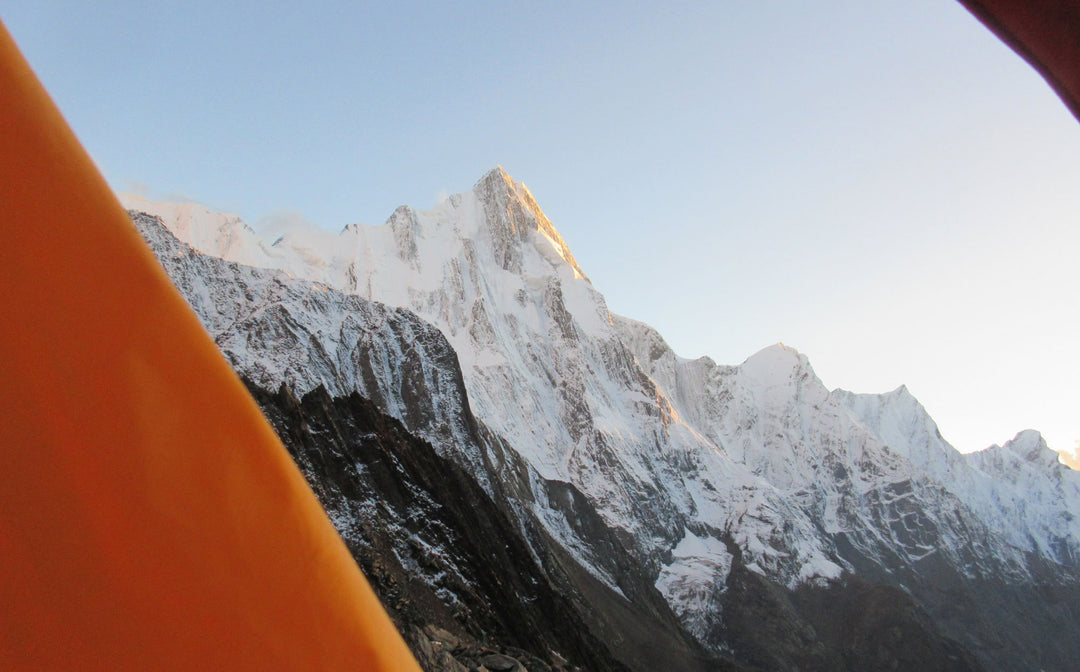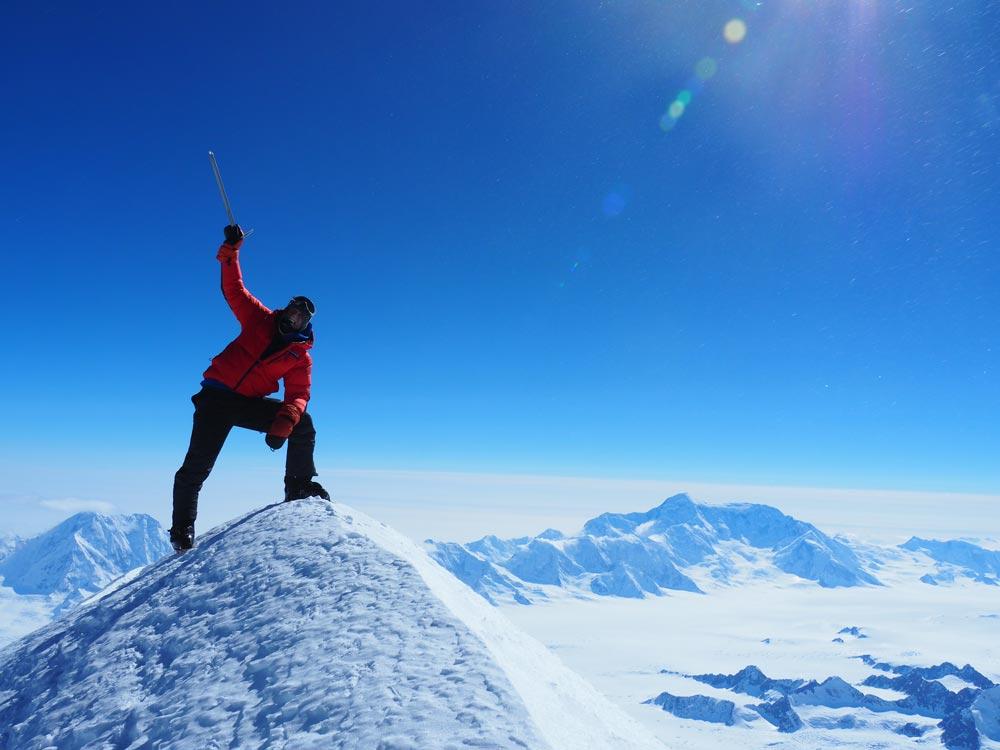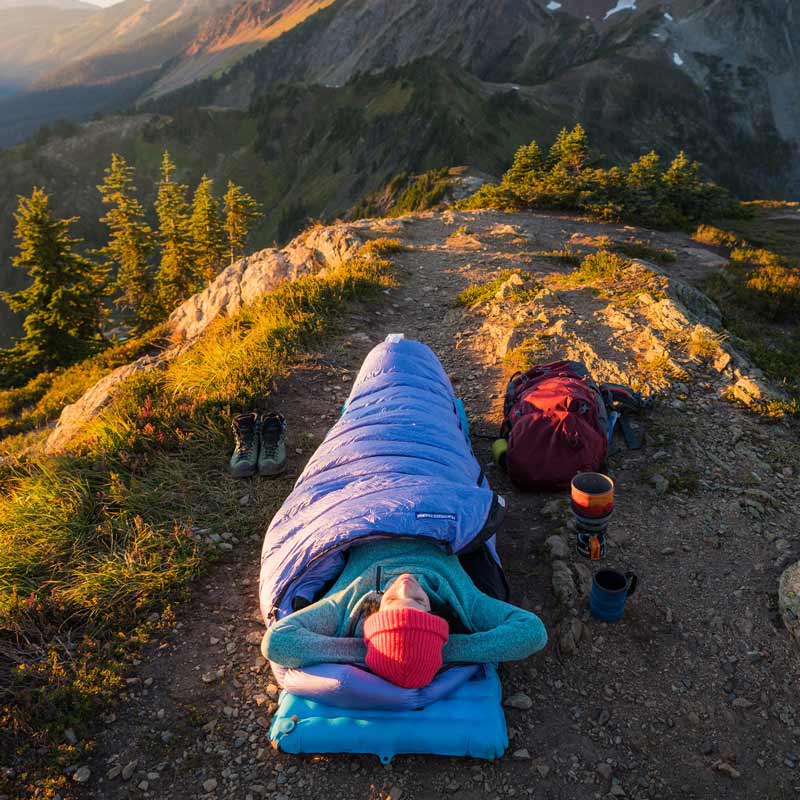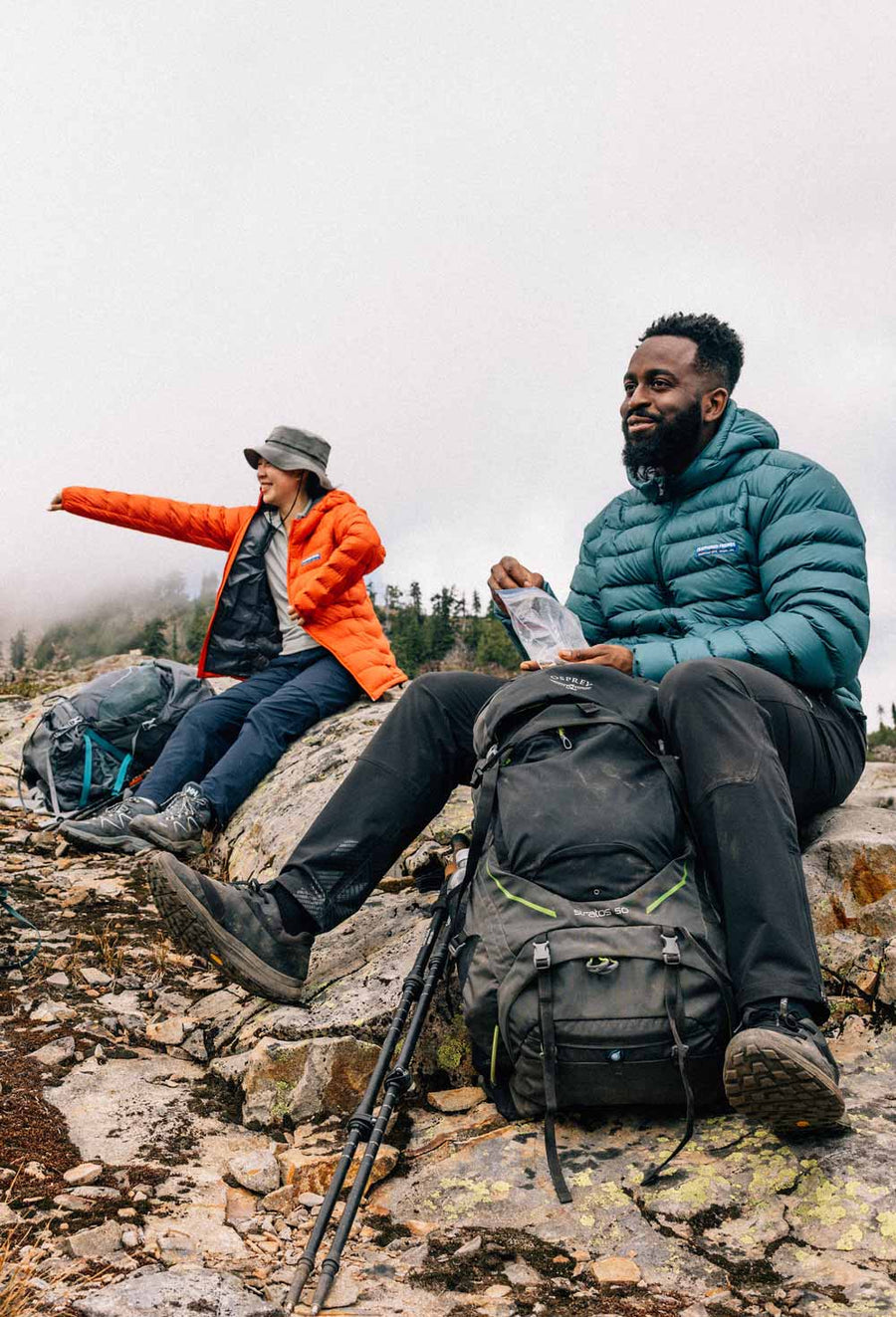Feathered Friends Blog

Down is an absolutely amazing material, and with a little extra love your gear can be the gift that keeps on giving for a long time.
Below are the best practices to keep your favorite jacket, sleeping bag, or comforter fluffy and warm for years to come.

Our own Tessa McGee reflects on her time hiking the Continental Divide Trail. Words and images by Tessa McGee.
I’m not sure how to tell this story. I’m not much of a storyteller and there are a lot of ways to sum something like this up. A recap feels a bit like trying to tie a little bow around some unruly pile of junk. I find it hard to talk about thru-hiking without making too much out of too little, or too little out of too much. It’s not for anybody else, so sharing it feels a bit uncomfortable. But here it goes – in the spirit of reflection in the start of a New Year – I’ll try to strike a balance!
It was 136 days with 21 zeros (days off). June 28th – November 10th, 2017. Canada to Mexico through Montana, Idaho, Wyoming, Colorado and New Mexico. My hike was a little over 2700 miles.

With a last minute change of plans, alpinists Nick Aiello-Popeo and Justin Guarino embarked last year on an expedition to climb a remote 20,653 foot peak in the Himalaya called Baihali Jot. Words and images by Nick Aiello-Popeo.
Shortly before Justin Guarino and I departed the United States for our first Himalayan expedition, the Indian Mountaineering Foundation (IMF) informed us that, due to recent border disputes, we would not be receiving a permit for the mountain we’d studied for almost a year. Justin and I scrambled to find a replacement peak that lay further from the volatile borders of Pakistan and Tibet and – after scouring the American Alpine Journal and Google Earth – settled on a mountain named Baihali Jot (20,653′, 6,295M). To the best of our knowledge, the northern peak of this mountain had been climbed only once, and the southern summit was unclimbed. The lack of information about the peak was extremely alluring.
Ever wondered what it feels like to climb all Seven Summits? How about 10 times in a lifetime?! Alpine Ascents International Guide sensation, Vern Tejas, will be visiting Seattle and stopping by Feathered Friends for an evening of story telling and presentation. Vern is known for Denali’s first solo winter ascent, the first solo of … Continue reading Vern Tejas: Seven Summits Presentation – September 28
The post Vern Tejas: Seven Summits Presentation – September 28 appeared first on Expedition Tales.

Earlier this year, five climbers summit Canada’s highest mountain, Mount Logan, towering at 19,551 feet (5959m). While painting vivid moments of terror and gratification, Chris Rowat shares his experience climbing one of North America’s toughest peaks. Words and images supplied by Chris Rowat.
The alarm goes off. It’s 5 a.m. Time to finish what we started almost two weeks ago. It’s time to summit. It’s really cold. Probably –30°F. My two tent mates are still asleep. I roll over and a rude dusting of ice crystals settles on my face from the inside of the tent. In fact, the whole inside is covered with frosty rime from our breath. Did I really volunteer to be up first and get the stove going? This is the worst part of the day: getting out of my cozy sleeping bag to begin the countless tasks of “getting going.” When it’s this cold, and the air so thin, every task is a struggle.







